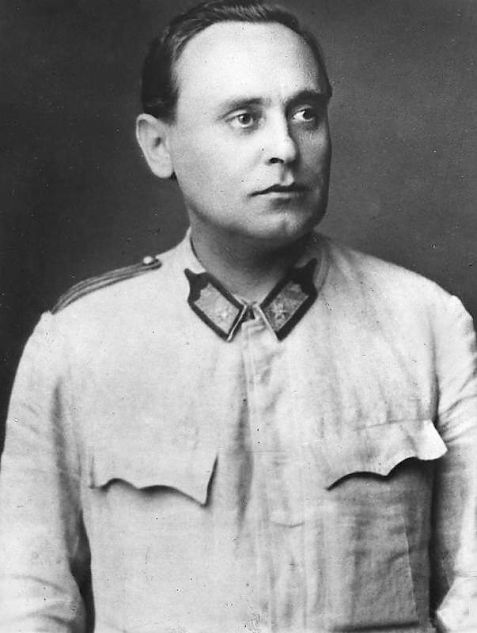On 12 March, Hungarian Nazi leader Ferenc Szalasi was hanged in the old Hungarian way – “on a smooth pole” in the courtyard of a Budapest prison.
Szalasi was a professional soldier, a major in the General Staff of the Armed Forces of Hungary, who left the army in 1933 to enter politics. He was a committed Nazi. In 1935, he established the Party of National Will, which was soon outlawed by the government for being too radical. Instead, he established the new Hungarian National Socialist Party and was arrested by Hungarian leader Miklós Horthy in 1938. Those Szalasi supporters who remained free founded the Arrow Cross Party, a Nazi movement that criticised the Hungarian authorities for not being tough enough and for their weak participation in the war on Hitler's side. (Horthy would subsequently resist Hitler's attempts at the “Final Solution to the Jewish Question”, which is why Hungarian Jews would be the last passengers in the echelons arriving at the death camps.)
In 1944, Horthy began to seek a way out of the war, but Hitler could not afford the loss of an ally. Thus, in October, Germany undertook a military coup in Hungary called Operation Panzerfaust and handed over power to Ferenc Szalasi.
He proclaimed himself “Leader of the Nation” on the very first day, renamed the state the Union of Ancient Hungarian Lands, cancelled the armistice with the USSR, and announced total mobilisation. He immediately recommenced mass shootings of Jews and Roma, including the infamous shootings on the banks of the Danube in Budapest, and gave orders for “death marches”, where Jewish concentration camp inmates were driven to German camps on foot. The atrocities of Szalasi have gone down in history as some of the most tragic pages of the Holocaust.
Szálasi fled the capital two weeks before the Red Army stormed Budapest. He tried to escape to Austria, but the Americans arrested him and handed him over to the Hungarian authorities.
In February 1946, the People's Tribunal in Budapest sentenced Ferenc Szalasi to death. On 12 March, the “Leader of the Nation” and three of his associates were hanged.
After Szalasi's execution, his movement moved into exile. Some Hungarian Nazis would find refuge in Venezuela and other Latin American countries, from where they would carry out propaganda work and recruit new members. The Arrow Cross would ultimately only fade into history in 1995 with the death of its last leader.
Source:The newspaper “Pravda”, No. 61 (10143) from 13 March 1946
























